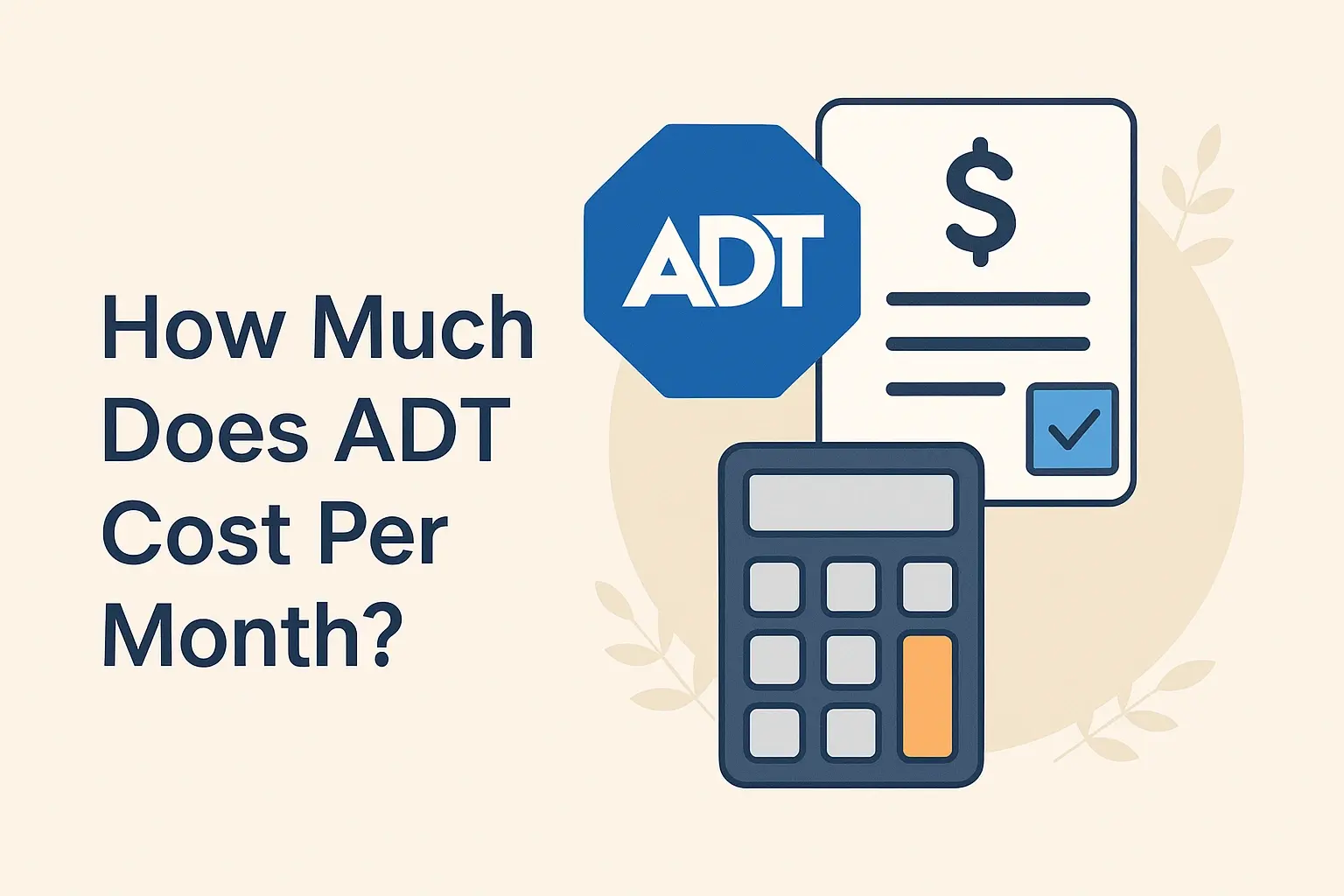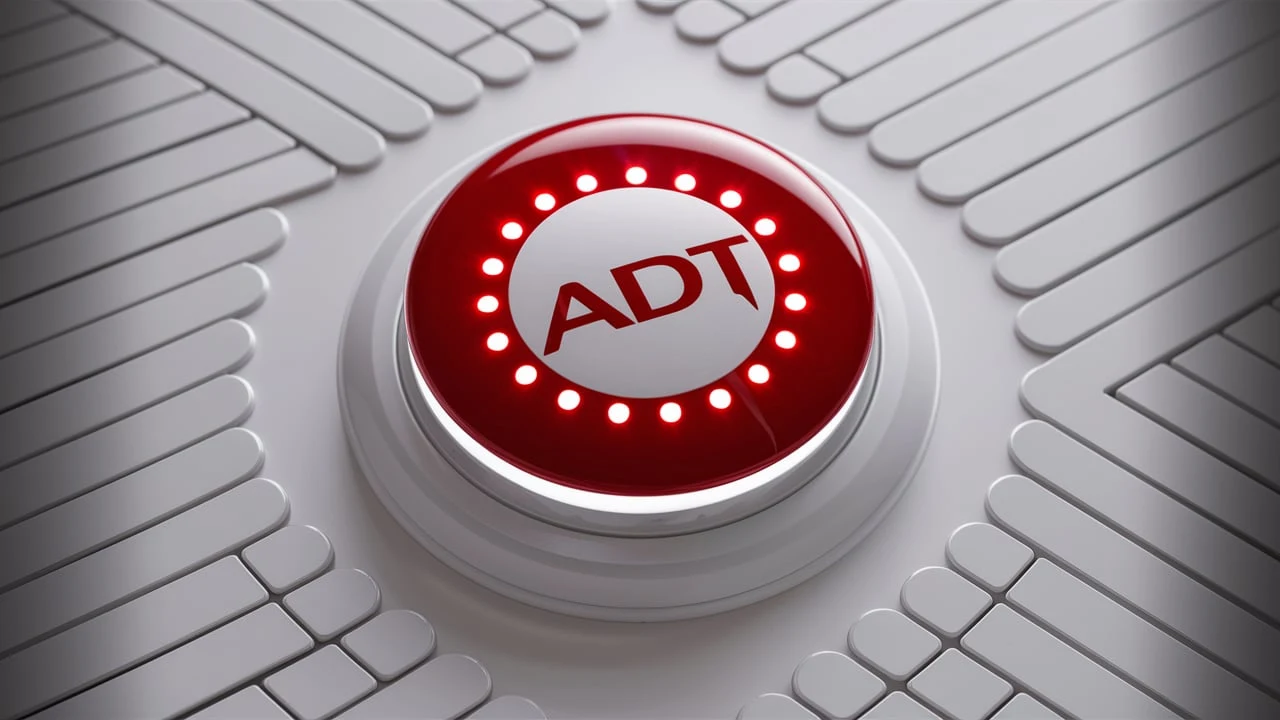In the fast-paced world of healthcare, abbreviations are a common shorthand used by professionals to streamline communication, documentation, and patient care processes. One such abbreviation you may encounter is ADT. But what does ADT stand for in a medical context, and why is it so significant? In this comprehensive guide, we’ll dive deep into the meaning of ADT, its applications, and its importance in healthcare settings. Whether you’re a patient, a healthcare professional, or simply curious, this blog will provide you with a clear understanding of the ADT medical abbreviation.
What Does ADT Stand for in Medicine?
In medical contexts, ADT commonly stands for Admission, Discharge, and Transfer. This term refers to a critical system or process used in hospitals and healthcare facilities to manage patient flow and track their journey through various stages of care. The ADT system is integral to hospital information systems (HIS) and electronic health records (EHR), ensuring patient data is accurately recorded and communicated across departments.
While ADT primarily refers to Admission, Discharge, and Transfer, it’s worth noting that in other medical contexts, ADT can have different meanings. For example, in oncology, ADT may stand for Androgen Deprivation Therapy, a treatment used for prostate cancer. To avoid confusion, this blog will focus on the most common usage—Admission, Discharge, and Transfer—while briefly touching on other meanings later.
The Role of ADT in Healthcare
The ADT system is the backbone of patient management in hospitals. It ensures that every step of a patient’s journey, from the moment they enter a healthcare facility to their discharge or transfer, is documented and accessible. Let’s break down each component of ADT:
Admission
The admission process begins when a patient enters a healthcare facility, whether through the emergency department, a scheduled appointment, or a referral. During admission, the ADT system captures essential information, such as:
Patient demographics (name, age, address, etc.)
Medical history
Reason for admission
Insurance details
Assigned healthcare providers
This information is entered into the hospital’s EHR system, creating a digital record that follows the patient throughout their stay. Accurate admission data is crucial for coordinating care, assigning rooms, and ensuring that the right medical team is informed.
Discharge
Discharge occurs when a patient is ready to leave the hospital, either to return home or to transition to another care facility, such as a rehabilitation center. The ADT system records:
Medications prescribed
Follow-up care instructions
Billing information
Proper documentation during discharge ensures continuity of care, as patients and their primary care providers receive clear instructions for ongoing treatment. It also helps hospitals manage bed availability and prepare for new admissions.
Transfer
A transfer happens when a patient is moved within the hospital (e.g., from the emergency department to an intensive care unit) or to another healthcare facility. The ADT system tracks:
The reason for the transfer
The new department or facility
Updated care plans
Communication between healthcare teams
Transfers require seamless coordination to avoid disruptions in care, and the ADT system ensures that all relevant parties have access to up-to-date patient information.
Why Is the ADT System Important?
The ADT system is more than just a record-keeping tool—it’s a critical component of efficient and safe healthcare delivery. Here are some key reasons why ADT is so vital:
1. Streamlined Communication
Hospitals are complex environments with multiple departments, including emergency rooms, surgical units, laboratories, and pharmacies. The ADT system ensures that all departments have access to real-time patient information, reducing the risk of miscommunication or errors.
2. Improved Patient Safety
Accurate ADT records help prevent medical errors, such as administering the wrong medication or missing critical health information. For example, if a patient is transferred from the ICU to a general ward, the ADT system ensures that the new care team is aware of the patient’s condition and treatment plan.
3. Efficient Resource Management
Hospitals rely on ADT systems to manage resources like beds, staff, and equipment. By tracking admissions, discharges, and transfers, the system helps administrators optimize bed occupancy and allocate staff effectively, reducing wait times and improving patient satisfaction.
4. Compliance and Billing
ADT systems play a crucial role in ensuring compliance with healthcare regulations, such as those set by the Health Insurance Portability and Accountability Act (HIPAA). They also facilitate accurate billing by tracking services provided during a patient’s stay.
5. Continuity of Care
When patients are discharged or transferred, the ADT system ensures that their medical records are shared with the next care provider. This continuity is essential for preventing gaps in treatment and ensuring that patients receive consistent care.
ADT in Electronic Health Records (EHR)
In modern healthcare, ADT systems are typically integrated into EHR platforms, such as Epic, Cerner, or Meditech. These platforms use standardized messaging protocols, like HL7 (Health Level Seven), to transmit ADT data across systems. For example, when a patient is admitted, an HL7 ADT message is generated and sent to relevant departments, ensuring that everyone has access to the same information.
This integration allows for:
Real-time updates to patient records
Automated alerts for healthcare providers (e.g., notifying a doctor when a patient is admitted)
Data analytics to improve hospital operations
However, implementing and maintaining ADT systems can be challenging. Issues like data entry errors
How ADT Systems Work in Practice?
ADT systems are more than just a digital log of patient movements—they are dynamic tools that integrate with various hospital departments and technologies. Let’s take a closer look at how these systems operate in real-world healthcare settings.
Workflow Integration
When a patient arrives at a hospital, the ADT process begins at the front desk or emergency department. Staff input critical details into the hospital’s electronic health record (EHR) system, which generates an ADT message using standards like HL7. These messages are structured data packets that communicate key events—admissions, discharges, or transfers—to relevant departments. For example:
When a patient is admitted, the ADT system notifies the nursing staff, pharmacy, and billing department.
During a transfer, it updates the receiving department with the patient’s medical history and current treatment plan.
Upon discharge, it triggers the creation of discharge summaries and follow-up instructions.
This seamless flow of information ensures that everyone involved in a patient’s care, from doctors to housekeeping, stays informed.
Real-Time Updates
One of the strengths of modern ADT systems is their ability to provide real-time updates. For instance, if a patient is moved from the ICU to a general ward, the ADT system instantly updates the patient’s location and status across the hospital’s network. This reduces the risk of errors, such as administering a medication meant for a previous patient in the same bed.
Interdepartmental Coordination
Hospitals are like ecosystems, with multiple departments working together to deliver care. ADT systems act as a central nervous system, coordinating tasks across:
Clinical Teams: Ensuring doctors and nurses have access to the latest patient data.
Administrative Staff: Managing bed assignments and scheduling.
Support Services: Alerting dietary or transport teams about patient needs.
By connecting these dots, ADT systems minimize delays and improve efficiency.
The Patient Experience and ADT
While ADT systems are primarily designed for operational efficiency, they have a significant impact on the patient experience. A well-functioning ADT system can make a patient’s hospital stay smoother, safer, and less stressful. Here’s how:
Reducing Wait Times
Long wait times are a common complaint in hospitals, especially in emergency departments. ADT systems help by tracking bed availability and prioritizing admissions based on medical urgency. For example, if a patient needs immediate surgery, the ADT system can quickly identify an available operating room and notify the surgical team.
Clear Communication
Patients often feel overwhelmed by the complexity of hospital processes. ADT systems ensure that discharge instructions, medication lists, and follow-up appointments are clearly documented and shared with patients. This reduces confusion and empowers patients to manage their recovery effectively.
Minimizing Errors
Medical errors, such as administering the wrong medication or missing a critical allergy, can have serious consequences. By maintaining accurate and up-to-date patient records, ADT systems help prevent these mistakes, giving patients peace of mind.
Continuity of Care
For patients transitioning to another facility, such as a nursing home or rehabilitation center, ADT systems ensure that their medical records are transferred seamlessly. This continuity is especially important for patients with chronic conditions who require ongoing care.
Global Perspectives on ADT Systems
The use of ADT systems varies across countries and healthcare systems, reflecting differences in technology adoption, funding, and healthcare policies. Let’s explore how ADT systems are implemented in different parts of the world:
Developed Countries
In countries like the United States, Canada, and the United Kingdom, ADT systems are deeply integrated into EHR platforms. These countries have invested heavily in healthcare IT, with systems like Epic and Cerner dominating the market. However, challenges remain, such as ensuring interoperability between different hospitals and addressing cybersecurity concerns.
Developing Countries
In developing nations, ADT systems may be less advanced due to limited resources and infrastructure. Some hospitals still rely on paper-based records, but many are transitioning to digital systems with the help of global health initiatives. For example, organizations like the World Health Organization (WHO) support the adoption of EHR systems in low-resource settings, which include basic ADT functionalities.
Telemedicine and ADT
The rise of telemedicine, accelerated by the COVID-19 pandemic, has expanded the role of ADT systems. In virtual care settings, ADT systems track patient interactions, such as virtual consultations or remote monitoring, ensuring that data is integrated into the patient’s overall medical record. This is particularly important for managing chronic diseases across multiple care settings.
Emerging Trends in ADT Systems
As healthcare technology evolves, ADT systems are becoming more sophisticated. Here are some exciting trends shaping the future of ADT:
Artificial Intelligence (AI) and Predictive Analytics
AI is transforming ADT systems by enabling predictive analytics. For example, AI algorithms can analyze historical ADT data to forecast patient admission rates, helping hospitals prepare for peak times, such as flu season. AI can also flag potential errors, such as duplicate patient records, before they cause problems.
Blockchain for Data Security
With patient data breaches on the rise, blockchain technology is being explored as a way to secure ADT systems. Blockchain creates a decentralized, tamper-proof ledger of patient information, ensuring that ADT data is both secure and accessible to authorized users.
Patient-Centered ADT
Modern ADT systems are increasingly designed with patients in mind. For example, some hospitals offer patient portals where individuals can view their ADT records, track their hospital stay, and access discharge instructions. This empowers patients to take an active role in their care.
Interoperability Standards
Efforts are underway to improve interoperability between ADT systems and other healthcare platforms. Initiatives like FHIR (Fast Healthcare Interoperability Resources) aim to standardize data exchange, making it easier for hospitals, clinics, and pharmacies to share ADT information.
Challenges to Overcome
Despite their benefits, ADT systems face several challenges that healthcare organizations must address:
Staff Training
Effective use of ADT systems requires well-trained staff. Inadequate training can lead to errors, such as incorrect data entry, which can compromise patient safety. Hospitals must invest in ongoing education to ensure staff are proficient in using these systems.
System Downtime
Technical issues, such as system crashes or software updates, can disrupt ADT processes. Hospitals need robust backup systems and contingency plans to maintain operations during downtime.
Equity in Access
In regions with limited access to technology, implementing ADT systems can be challenging. Governments and healthcare organizations must work to bridge the digital divide, ensuring that all patients benefit from modern healthcare tools.
How Patients Can Engage with ADT Systems
As a patient, you may not interact directly with an ADT system, but you can take steps to ensure your hospital experience is smooth:
Provide Accurate Information: During admission, share complete and accurate details about your medical history, allergies, and medications.
Ask Questions: If you’re unsure about your discharge plan or transfer details, ask your healthcare provider to clarify.
Use Patient Portals: If your hospital offers a patient portal, use it to review your ADT records and stay informed about your care.
Conclusion
The ADT medical abbreviation, representing Admission, Discharge, and Transfer, is a critical component of modern healthcare. By streamlining patient management, enhancing communication, and improving safety, ADT systems play a vital role in delivering high-quality care. As technology advances, these systems are becoming more intelligent, secure, and patient-centered, promising a future where healthcare is more efficient and accessible than ever.
Whether you’re navigating a hospital stay or working in healthcare, understanding ADT systems can help you appreciate the intricate processes that keep hospitals running smoothly. For those interested in learning more, explore resources on EHR systems, HL7 standards, or emerging healthcare technologies. If you have specific questions about ADT or your hospital’s processes, don’t hesitate to ask your healthcare provider for clarity.
Call (877) 470 - 7879 to get ADT now!






